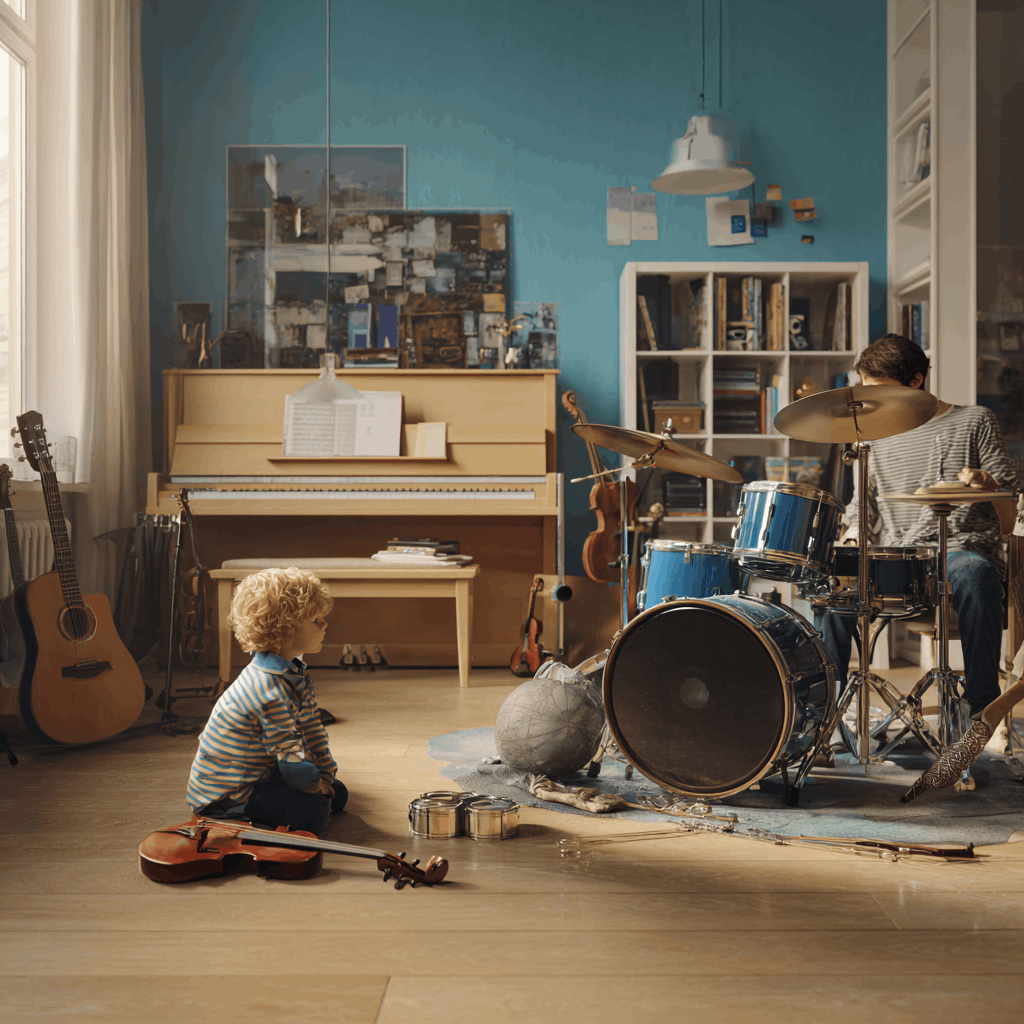So, you’ve identified which instrument best matches your child’s personality and interest—wonderful! The next big step is selecting the right physical instrument to begin their musical journey.
We often see parents overwhelmed by choices: dozens of sizes, brands, materials, and price points. Buying the wrong instrument can discourage a child or even make learning physically uncomfortable. That’s why we’ve created this practical guide to help you make the best investment for your young musician.

Why Size Matters
An instrument that’s too big or heavy can cause poor posture, finger strain, and frustration. Professional music schools always recommend sizing an instrument to the child’s body.
Tip: Always bring your child to the store or school for a proper fitting. Never “buy to grow into”—a wrong size can hinder learning.
While it’s tempting to buy the cheapest option, poor-quality instruments:
Recommended Approach:
When buying (or renting) an instrument, ask:
A trusted music school or store will answer these openly and guide you based on your child’s needs.
Children gain confidence when they have a say:
Why purchase through a music school instead of a generic retailer?
Many parents at our school start with school-recommended rental programs, ensuring their child always has a perfectly fitting, well-maintained instrument.
If your child continues learning, you may later invest in a higher-quality, intermediate or professional instrument. Starting with a beginner-friendly option:
Even the best instrument won’t help without proper guidance. At [Your Music School Name], we ensure:
Finding the right instrument is like choosing a pair of shoes—it must fit, feel comfortable, and support every step forward. By focusing on size, quality, professional advice, and your child’s personal excitement, you’ll give them the perfect start.
Pair this with expert instruction from a dedicated music school, and you’re not just buying an instrument—you’re investing in confidence, creativity, and a lifelong love of music.